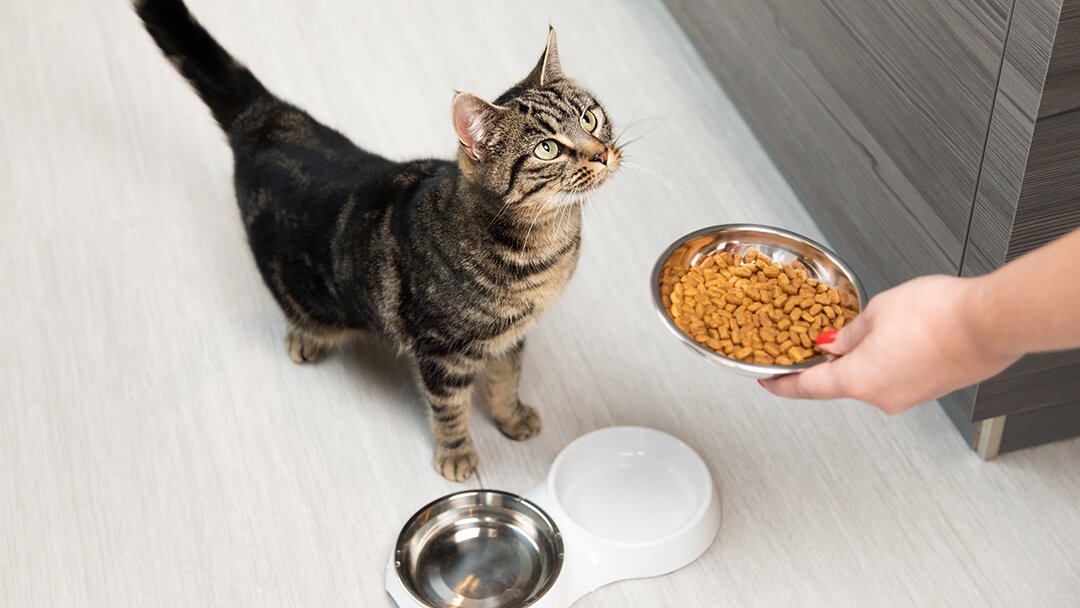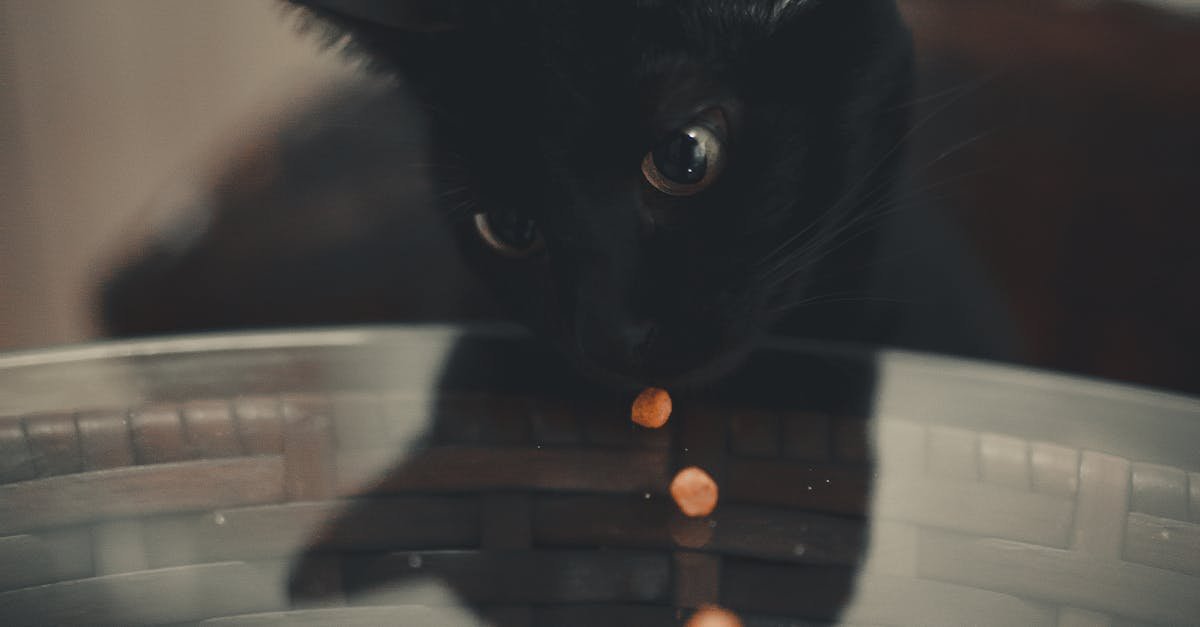
Cat Feeding Problems: Why Your Cat Won’t Eat & How to Fix It
Estimated reading time: 8 minutes
Key Takeaways
- Understand why your cat may refuse dry food due to dental issues, texture preferences, or stress.
- Discover the best cat food for picky eaters to encourage healthy eating habits.
- Learn how to switch cat food brands safely without upsetting your cat’s stomach.
- Explore homemade cat food recipes for allergies with vet-approved ingredients.
- Recognize warning signs that require immediate veterinary attention.
Table of Contents
- Why Is My Cat Not Eating Dry Food?
- Best Cat Food for Picky Eaters
- How to Switch Cat Food Brands Safely
- Homemade Cat Food Recipes for Allergies
- Conclusion: Solving Cat Feeding Problems
- Frequently Asked Questions
Why Is My Cat Not Eating Dry Food?
If your cat turns up their nose at kibble, several factors could be at play:
Possible Reasons for Dry Food Refusal
- Dental Issues
- Pain from gingivitis, broken teeth, or gum disease can make chewing hard kibble uncomfortable. Learn more about cat dental health.
- Signs: Drooling, pawing at the mouth, or bad breath.
- Texture or Taste Preferences
- Some cats dislike the crunch of dry food or prefer stronger flavors found in wet food.
- Stale or Expired Food
- Cats have a strong sense of smell and may reject rancid or improperly stored kibble.
- Stress or Environmental Changes
- Moving, new pets, or loud noises can reduce appetite.
Warning Signs of a Serious Problem
- Weight loss
- Lethargy
- Vomiting or diarrhea
If these symptoms appear, consult your vet immediately—loss of appetite can signal illness.
Solutions to Encourage Eating
- Mix wet and dry food for variety.
- Check expiration dates and store kibble in airtight containers.
- Switch to softer textures if dental pain is suspected.
- Reduce stress by keeping feeding routines consistent.
Source: WebMD – My Cat Won’t Eat
Best Cat Food for Picky Eaters
Cats can be finicky about textures and flavors. Here’s how to find food they’ll love.
What Makes Cats Picky?
- Texture preferences: Some cats prefer pâté over chunks or gravy.
- Stronger smells: Warming food enhances aroma, making it more appealing.
Top Strategies for Picky Cats
- ✅ High-protein, varied flavors (chicken, fish, turkey) with gravy.
- ✅ Wet food options—many cats prefer moisture-rich meals.
- ✅ Rotate flavors gradually to prevent boredom (but avoid sudden changes).
Pro Tip: If your cat refuses a new food, try mixing a small amount with their current meal. Explore homemade cat food recipes for picky eaters.
Source: WebMD – My Cat Won’t Eat
How to Switch Cat Food Brands Safely
Switching foods too quickly can upset your cat’s stomach. Follow this 7–10 day transition plan:
Step-by-Step Food Transition Guide
- Days 1–3: 25% new food + 75% old food.
- Days 4–6: 50% new food + 50% old food.
- Days 7–10: 75% new food + 25% old food.
Signs of Food Intolerance
- Diarrhea
- Vomiting
- Refusal to eat
If these occur, pause the transition and consult your vet. For more on dietary sensitivities, read our guide on solving common pet food issues.
Source: WebMD – My Cat Won’t Eat
Homemade Cat Food Recipes for Allergies
If your cat has food allergies, homemade meals may help—but they must be nutritionally balanced.
Common Allergens in Cat Food
- Chicken
- Grains
- Fish
Symptoms of allergies: Itching, digestive upset, or ear infections. Learn how to spot seasonal allergies in pets.
Vet-Approved Homemade Recipe
Duck & Pumpkin Cat Food
- 1 cup cooked duck (novel protein)
- ¼ cup pureed pumpkin (fiber for digestion)
- ½ tsp fish oil (for omega-3s)
- Vet-recommended taurine supplement
Safety Tips:
- Avoid toxic foods (onions, garlic, chocolate).
- Always consult a vet before switching to homemade diets. For more on pet-safe ingredients, see our pet nutrition guide.
Source: WebMD – My Cat Won’t Eat
Conclusion: Solving Cat Feeding Problems
If your cat refuses food, try these steps:
- ✔ Offer wet food if they dislike dry kibble.
- ✔ Experiment with textures and flavors for picky eaters.
- ✔ Transition foods gradually to avoid stomach upset.
- ✔ Consult a vet if allergies or health issues are suspected.
Expert Tip: “Your veterinarian remains the best source of nutritional guidance for your cat, and they can answer important questions such as the type of food to feed, how much to feed, and how frequently to feed.” – VCA Hospitals
Have you dealt with cat feeding problems? Share your tips in the comments!
Frequently Asked Questions
- Why does my cat hate dry food?
- What should I do if my cat stops eating?
- How can I tell if my cat has food allergies?
Why does my cat hate dry food?
Your cat may dislike dry food due to dental pain, texture preferences, or stale kibble. Try mixing wet food or consulting a vet for dental issues.
What should I do if my cat stops eating?
Monitor for other symptoms like lethargy or vomiting. If they persist beyond 24 hours, seek veterinary care immediately.
How can I tell if my cat has food allergies?
Common signs include itching, digestive upset, or ear infections. A vet can conduct tests to identify specific allergens.
